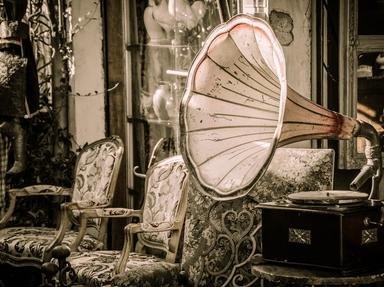Quiz Answer Key and Fun Facts
1. Which hairstyle for women originated in 1958 and was very popular throughout the 1960's?
2. During which of these periods of English history was the combed forward, curly, tousled male hairstyle with sideburns fashionable?
3. Which hairstyle, introduced in the 1920s, is credited with starting a revolution in the way women perceived their place in the world?
4. What is the name of the hairstyle of the 1980s and early 1990s where the hair is worn short in the front, top and sides but long in the back, usually to the shoulder blades?
5. What shape was the wire frame around which Elizabethan ladies wound their hair?
6. The hairstyles of which era were epitomised by their artificial white colour and extreme size?
7. Which male hairstyle, sported by the most famous music group of all time, enjoyed popularity in the mid 1960s?
8. Hairstyling can be traced back a long time. From which geological period can the oldest evidence of hairstyling be found to date?
9. Hairstyles for females, which reflected the lines of gowns worn, was a feature of which period of English history?
10. Which male hairstyle originated at an Ivy League University in 1895?
Source: Author
adawaz
This quiz was reviewed by FunTrivia editor
bloomsby before going online.
Any errors found in FunTrivia content are routinely corrected through our feedback system.


